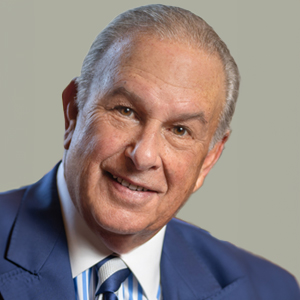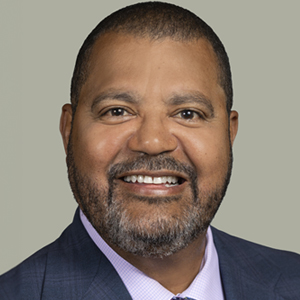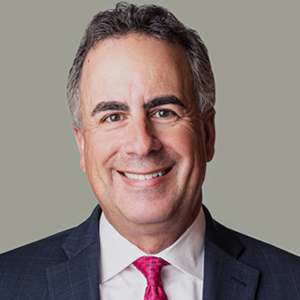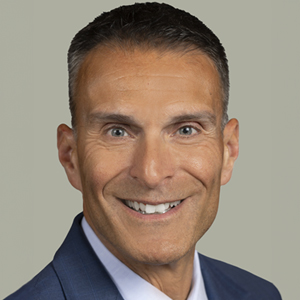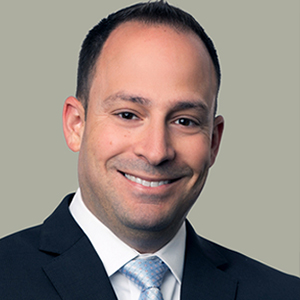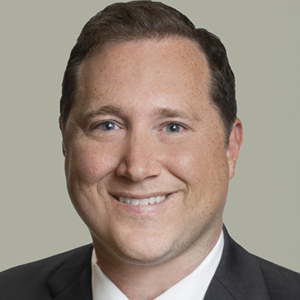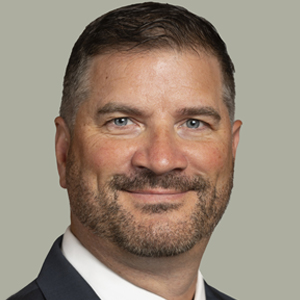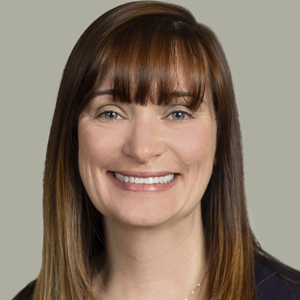When surgical intervention is necessary, most healthcare consumers hope for the best. Recent studies offer insight into neurosurgery and malpractice claims made against the physicians who practice it.
Neurosurgery is focused on the nervous system, primarily the brain and the spinal cord. As the brain is the seat of identity and reasoning, and the spinal cord enables function and feeling throughout the body, neurosurgical intervention is both complex and dangerous.
Two recent studies address medical malpractice actions against neurosurgeons—in practice and by the numbers. It is important to remember that bad outcomes are not uncommon in the field of medicine. This is not, by any means, to say that all bad outcomes or complications are a result of medical malpractice. The essential bright light in the practice of medicine and medical malpractice is the “standard of care.” A physician who maintains a high standard of care may very well have a patient, or patients, who suffer poor results or serious complication—through no fault or mistake of the physician.
Medical malpractice, or medical negligence, occurs when the healthcare provided falls below the generally accepted standard of care, or “minimum degree of ordinary care” required by law for that practice, procedure, or treatment. Elements that must be proven in a medical malpractice claim include a duty by the provider(s) to protect against injury, breach of that duty, and a finding that the breach caused the injury claimed.
A study published in the Journal of Neurosurgery offers an “introductory guide” to neurosurgical residents and others on the experience and causes of medical malpractice claims. The research notes sobering facts that include:
- About 20 percent of practicing neurosurgeons in the US are named in a medical malpractice matter each year.
- The average claim paid on a neurosurgical medical malpractice matter is $439,146, the costliest of all practice specialties.
- Virtually all neurosurgeons will be named as a defendant in a medical negligence lawsuit by the age of 65.
A different study conducted in 2021 by a professional liability insurer, The Doctors Company, evaluated 302 medical malpractice claims closed by that company between the years 2014 and 2019. Results of the review include:
- Diagnostic testing was a factor in many claims of patients who claimed improper management of the surgical patient or improper performance of surgery. Many of these claims alleged CT scans were not ordered or were inappropriately delayed.
- The technical performance of the neurosurgeon was the primary factor that led to patient injury and made up 65 percent of malpractice claims.
- A leading factor in injury claims was communication between providers about the condition of the patient.
Neurosurgery is a critically important part of healthcare, often undertaken in fairly dire circumstances. If you believe you suffered a poor outcome or further injury as a result of medical negligence, speak with an experienced member of our legal team.
Baltimore, Maryland medical malpractice law firm helps you after you are injured through medical mistake
Schochor, Staton, Goldberg, and Cardea, P.A. has a successful track record of obtaining compensation on behalf of clients and their families injured by medical malpractice and negligence. If you are injured by a healthcare provider, call us at 410-234-1000 to set up a free consultation to discuss your case.

